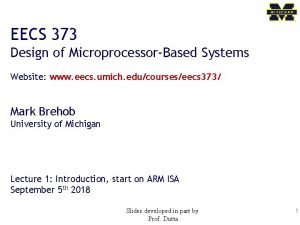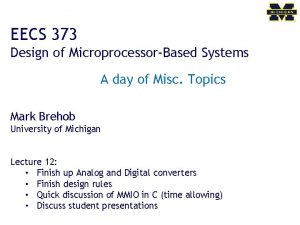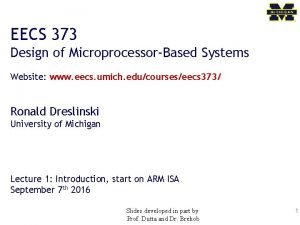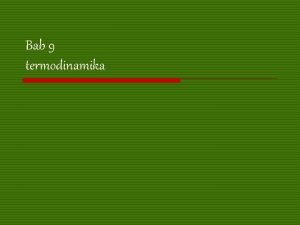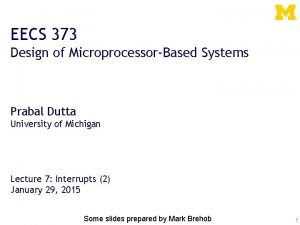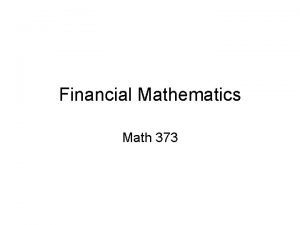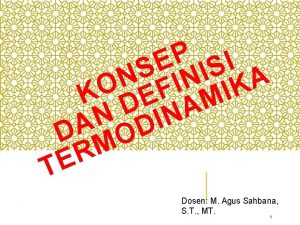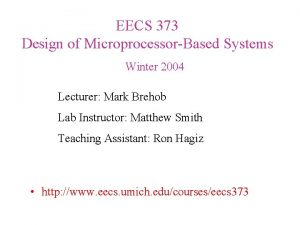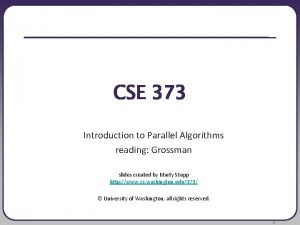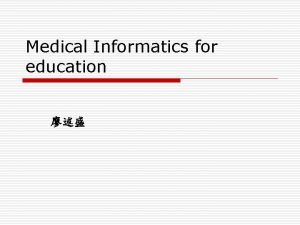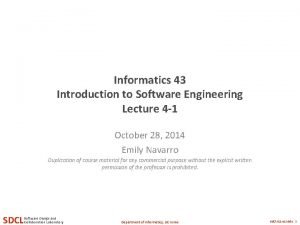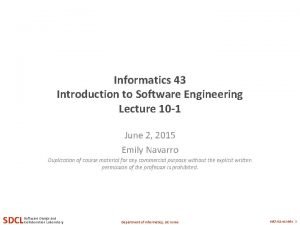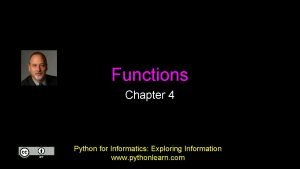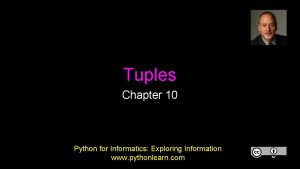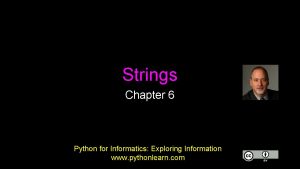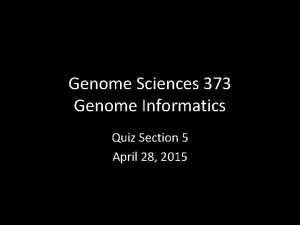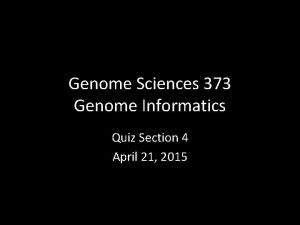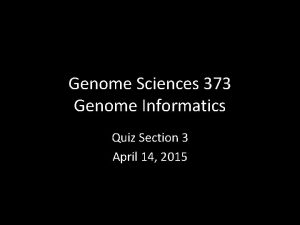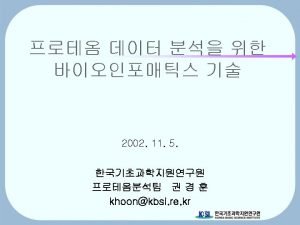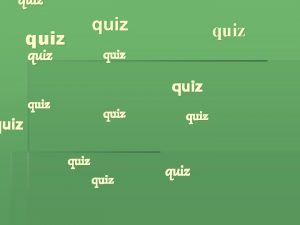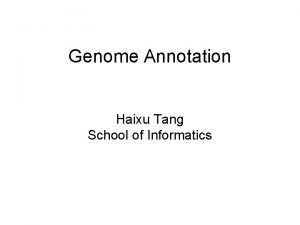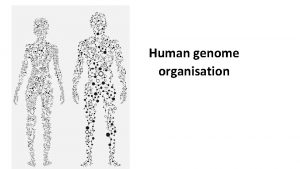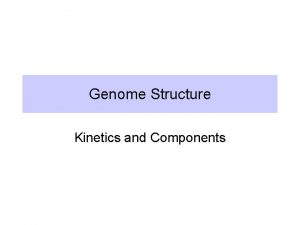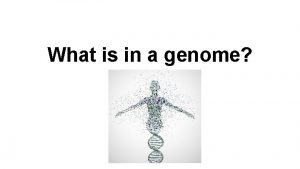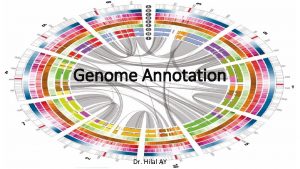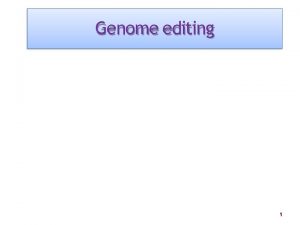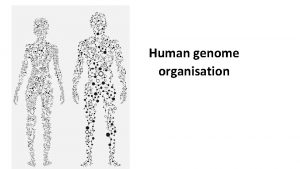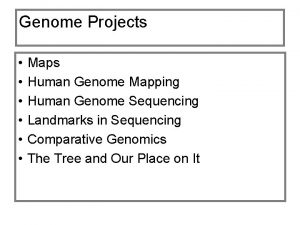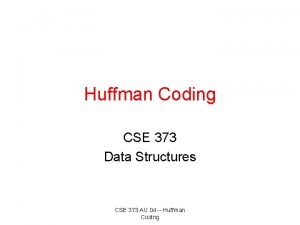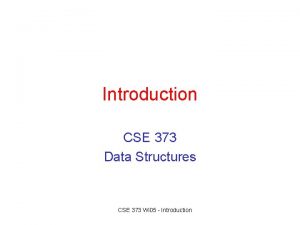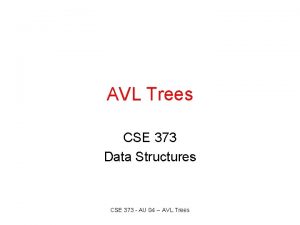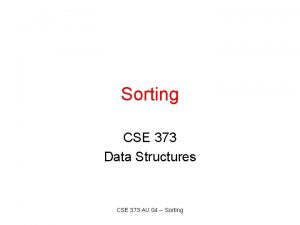Genome Sciences 373 Genome Informatics Quiz Section 2














![Python flow control: if / else num = int(sys. argv[1]) if num > 0: Python flow control: if / else num = int(sys. argv[1]) if num > 0:](https://slidetodoc.com/presentation_image_h2/ddcb88b97121eb2efa8b59b743d0316c/image-15.jpg)
![Python flow control: if / else num = int(sys. argv[1]) if num == 1: Python flow control: if / else num = int(sys. argv[1]) if num == 1:](https://slidetodoc.com/presentation_image_h2/ddcb88b97121eb2efa8b59b743d0316c/image-16.jpg)
![Doing more than one thing num = int(sys. argv[1]) if num == 1: print Doing more than one thing num = int(sys. argv[1]) if num == 1: print](https://slidetodoc.com/presentation_image_h2/ddcb88b97121eb2efa8b59b743d0316c/image-17.jpg)
![Doing more than one thing num = int(sys. argv[1]) if num == 1: print Doing more than one thing num = int(sys. argv[1]) if num == 1: print](https://slidetodoc.com/presentation_image_h2/ddcb88b97121eb2efa8b59b743d0316c/image-18.jpg)





![Comparison operators: examples >>> seq = 'CAGGT' >>> if ('C' == seq[0]): . . Comparison operators: examples >>> seq = 'CAGGT' >>> if ('C' == seq[0]): . .](https://slidetodoc.com/presentation_image_h2/ddcb88b97121eb2efa8b59b743d0316c/image-24.jpg)
- Slides: 24

Genome Sciences 373 Genome Informatics Quiz Section 2 April 7, 2015

Topics for today Questions from lecture Homework 1 due tomorrow 5 pm Homework 2 assigned tomorrow Python overview: more data types

Questions about material from lecture Can python lists have strings and numbers mixed together? What are some ways of writing a newline to my program’s output? How do I decide what scores to put in my alignment scoring matrix?

More python for beginners: comments, sets, dictionaries

Commenting for beginners Your homework MUST HAVE COMMENTS It’s OK to “over-comment” Usually we put comments just above the part of the program we’re referring to In-class example

Today: data types, flow control Dictionaries Sets If/elif/else statements The importance of indenting!

Useful data type: sets • Sets usually get introduced “later on” when learning to program • But, they are VERY useful in bioinformatics! So we’re jumping ahead. • A “set” in python implements the mathematical concept of a set [In-class example]

Working with sets • len(s) – cardinality or size of set s. • x in s – test x for membership in s. • s. issubset(t) – test whether every element in s is in t. • s. issuperset(t) – test whether every element in t is in s. • s. update(t) – Update set by adding all elements in t. • s. add(e) – Add e to set. • s. remove(e) – Remove e from set (or Key. Error) compare: • s. discard(e) – Remove e from set if it exists. • s. clear() – Remove all items.

Working with sets: part 2 • s | t – new set with elements from both s and t. (a. k. a. “UNION”) • s & t – new set with elements common to s and t. (a. k. a. “INTERSECTION”) • s - t – new set with elements in s but not in t • s ^ t – new set with elements in either s or t but not both


In class example: State names

Dictionaries: pretty much what it sounds like Like a printed dictionary maps words to definitions, Python dictionaries map keys to associated values You can quickly “look up” the “value” associated with a “key” >>> capitals = { } >>> capitals[“WA”] = “Olympia” >>> capitals[“ID”] = “Boise” >>> capitals[“AK”] = “Juneau”

Working with dictionaries note: “random” order

Working with dictionaries, part 2 my_dict. get(k, default) – returns the value associated with k, or default if key k does not exist my_dict. items() – returns all key: value pairs as an iterator my_dict. keys() – returns all keys in the dictionary (in “random” order) my_dict. values() – returns all values in the dictionary (“random”) Values can be anything, even other dictionaries! <In class example>
![Python flow control if else num intsys argv1 if num 0 Python flow control: if / else num = int(sys. argv[1]) if num > 0:](https://slidetodoc.com/presentation_image_h2/ddcb88b97121eb2efa8b59b743d0316c/image-15.jpg)
Python flow control: if / else num = int(sys. argv[1]) if num > 0: print “input is greater than zero” elif num < 0: print “input is less than zero” else: print “input must be zero!” The order of these MUST be if elifn else But you only need “if” – the others are optional
![Python flow control if else num intsys argv1 if num 1 Python flow control: if / else num = int(sys. argv[1]) if num == 1:](https://slidetodoc.com/presentation_image_h2/ddcb88b97121eb2efa8b59b743d0316c/image-16.jpg)
Python flow control: if / else num = int(sys. argv[1]) if num == 1: print “input is exactly 1” elif num == 2: print “input is exactly 2” elif num == 3: print “input is exactly 3” elif num == 4: […] else: print “input didn’t match anything I wanted!”
![Doing more than one thing num intsys argv1 if num 1 print Doing more than one thing num = int(sys. argv[1]) if num == 1: print](https://slidetodoc.com/presentation_image_h2/ddcb88b97121eb2efa8b59b743d0316c/image-17.jpg)
Doing more than one thing num = int(sys. argv[1]) if num == 1: print “input is exactly 1” prime = False even = False elif num == 2: print “input is exactly 2” prime = True even = True else: print “didn’t get a 1 or a 2”
![Doing more than one thing num intsys argv1 if num 1 print Doing more than one thing num = int(sys. argv[1]) if num == 1: print](https://slidetodoc.com/presentation_image_h2/ddcb88b97121eb2efa8b59b743d0316c/image-18.jpg)
Doing more than one thing num = int(sys. argv[1]) if num == 1: print “input is exactly 1” prime = False even = False elif num == 2: print “input is exactly 2” prime = True even = True else: print “didn’t get a 1 or a 2” a “block” of code defined by having the same indenting another block

For loops: iterating over groups of things Often you want to do something to every element of a group: • Check every number to see if it’s less than some value • Read the second column in every line of input • Look at every key: value pair in a dictionary

Lists Strings

Note: three layers of indentation!

What is the value of current_max ? What is the value of top_gene_name?

Comparison operators: comparing values Boolean: and, or, not Numeric: < , > , ==, !=, >=, <= String: in, not in < is less than > is greater than == is equal to != is NOT equal to <= is less than or equal to >= is greater than or equal to Beware! = vs. ==
![Comparison operators examples seq CAGGT if C seq0 Comparison operators: examples >>> seq = 'CAGGT' >>> if ('C' == seq[0]): . .](https://slidetodoc.com/presentation_image_h2/ddcb88b97121eb2efa8b59b743d0316c/image-24.jpg)
Comparison operators: examples >>> seq = 'CAGGT' >>> if ('C' == seq[0]): . . . print 'C is first in', seq C is first in CAGGT >>> if ('CA' in seq): . . . print 'CA is found in', seq CA is found in CAGGT >>> if (('CA' in seq) and ('CG' in seq)): . . . print "Both there!“ >>>
 Semi-global alignment
Semi-global alignment Observational health data sciences and informatics
Observational health data sciences and informatics Natural sciences tok
Natural sciences tok Chapter 13 section 3 the human genome
Chapter 13 section 3 the human genome Eecs373
Eecs373 Eecs 373
Eecs 373 Eecs 373
Eecs 373 Cp-cv=r/m
Cp-cv=r/m Eecs 373
Eecs 373 Eecs 373
Eecs 373 Math 373
Math 373 Sejenis gas berada dalam wadah yang memiliki volume 2 m3
Sejenis gas berada dalam wadah yang memiliki volume 2 m3 Eecs 373
Eecs 373 Diagnosrelaterade grupper
Diagnosrelaterade grupper Cse 373
Cse 373 Nursing informatics and healthcare policy
Nursing informatics and healthcare policy Introduction to medical informatics
Introduction to medical informatics Emily navarro uci
Emily navarro uci Informatics 43 uci
Informatics 43 uci Supply chain informatics
Supply chain informatics Python for informatics
Python for informatics Dikw examples in nursing
Dikw examples in nursing Supply chain informatics
Supply chain informatics Python for informatics: exploring information
Python for informatics: exploring information Python for informatics
Python for informatics




